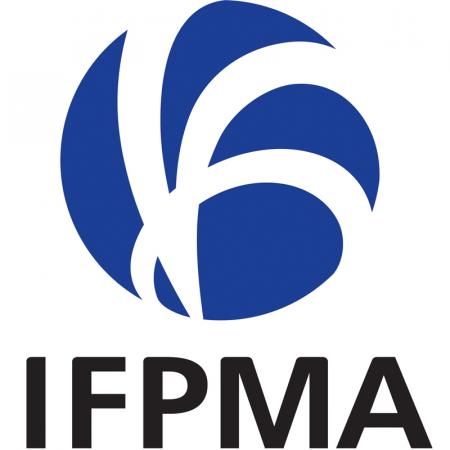Seasonal and hospital settings variations in antimicrobial resistance among clinical isolates from cardiac patients: insights from a 7-Year study
This retrospective study (2012–2019) analyzed 3,035 patient records from a cardiac hospital in Faisalabad, Pakistan, to assess antimicrobial resistance (AMR) patterns and contributing factors. The most prevalent pathogens were Staphylococcus aureus, Klebsiella pneumoniae, and Escherichia coli, with higher isolation rates in inpatients (particularly during autumn and winter) compared to outpatients (spring peak). Age and sex significantly affected pathogen prevalence. S. aureus showed the highest multiple antibiotic resistance (MAR) index between 2017–2019, including complete resistance to vancomycin and oxacillin, with mecA, vanA, tetM, and aph(3′) genes frequently co-detected. Polymyxin B and colistin remained effective against multidrug-resistant strains.
The study underscores the urgent need for continuous AMR surveillance, seasonal risk monitoring, and localized antimicrobial stewardship and infection control programs to mitigate the AMR burden in resource-limited healthcare settings such as Pakistan.
AMR NEWS
Your Biweekly Source for Global AMR Insights!
Stay informed with the essential newsletter that brings together all the latest One Health news on antimicrobial resistance. Delivered straight to your inbox every two weeks, AMR NEWS provides a curated selection of international insights, key publications, and the latest updates in the fight against AMR.
Don’t miss out on staying ahead in the global AMR movement—subscribe now!






